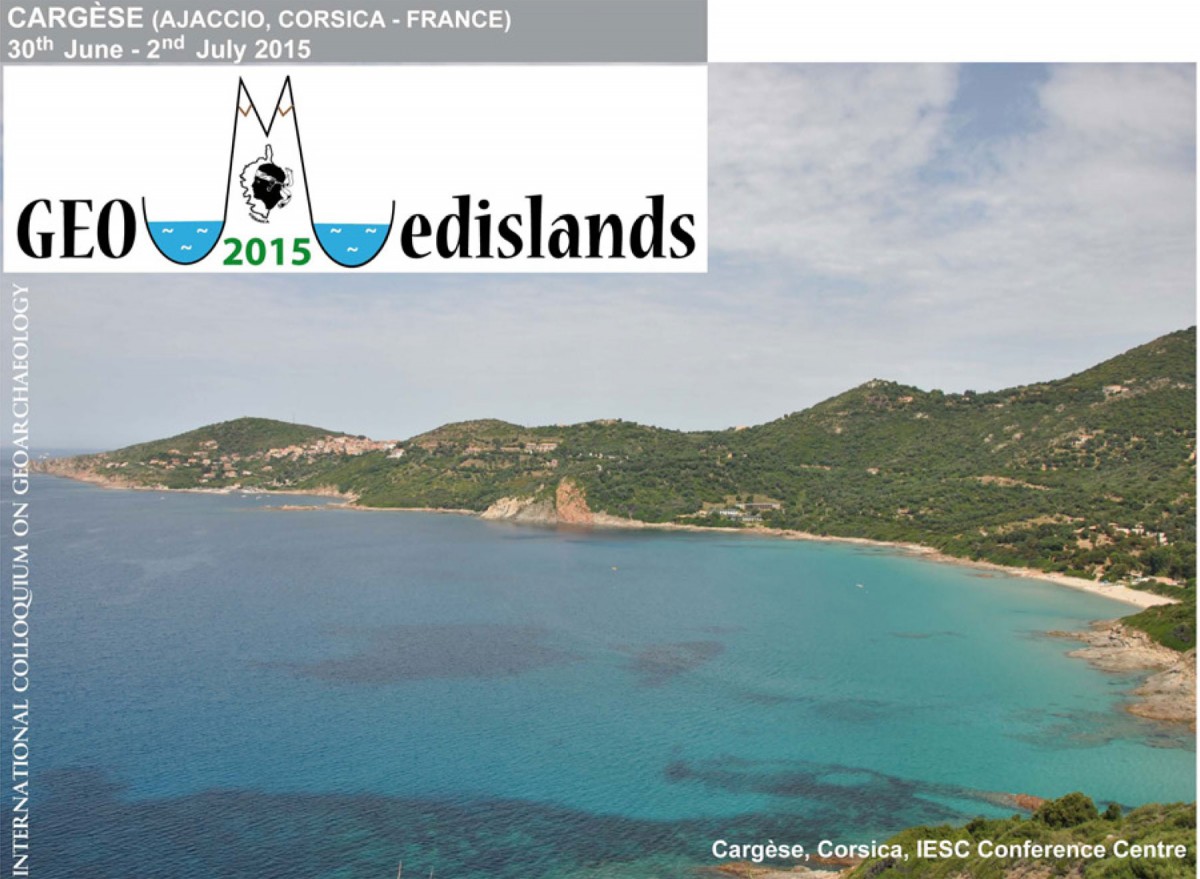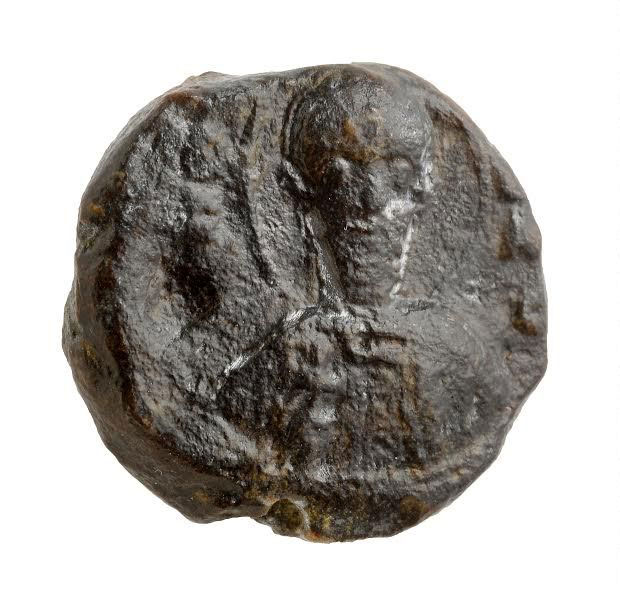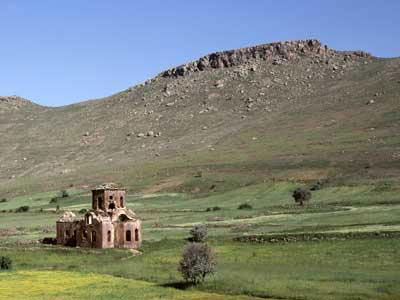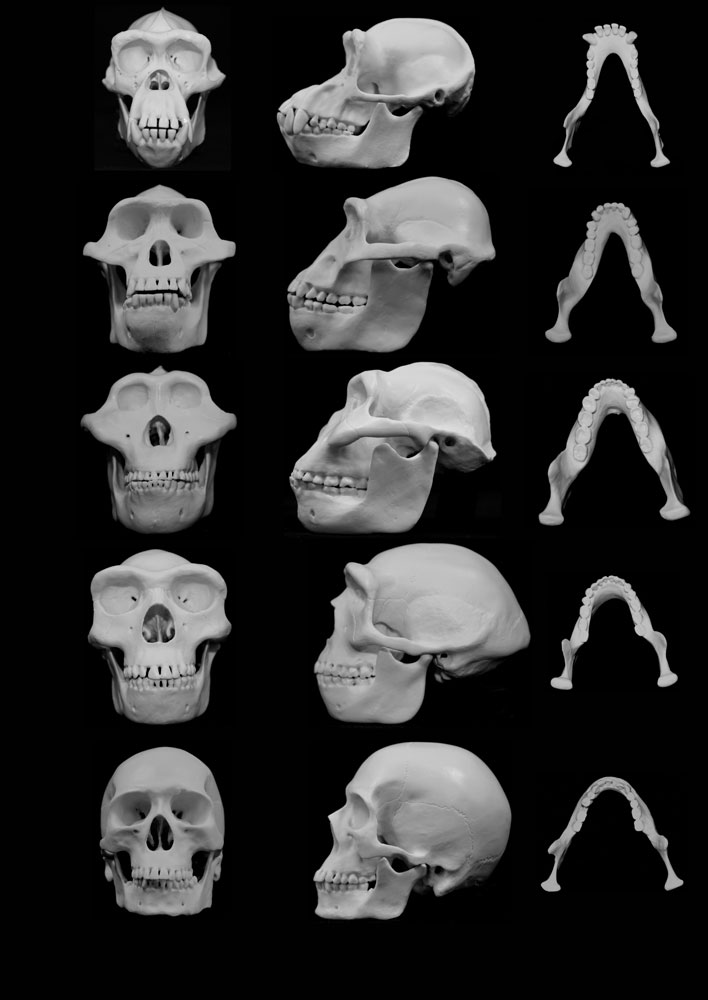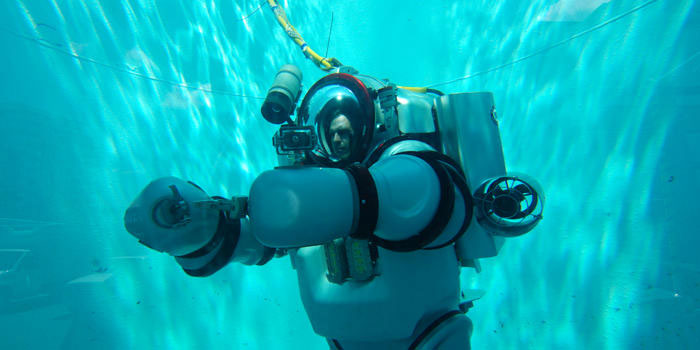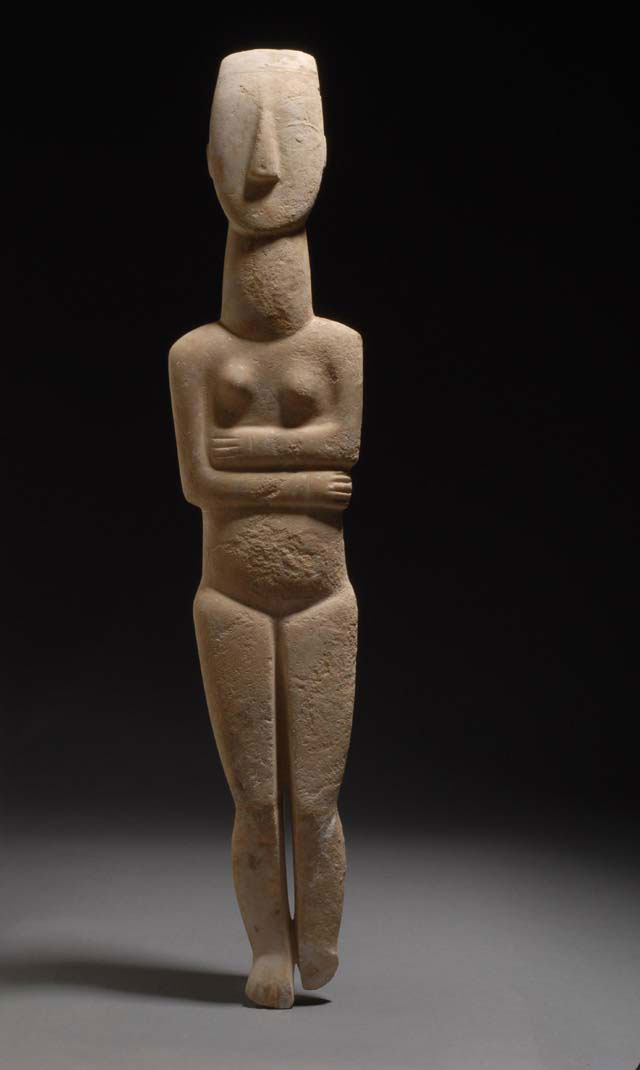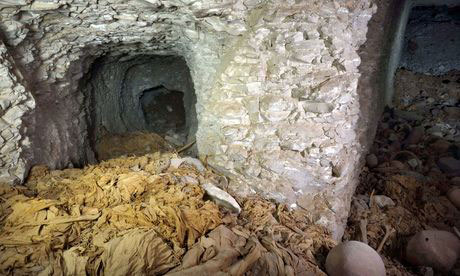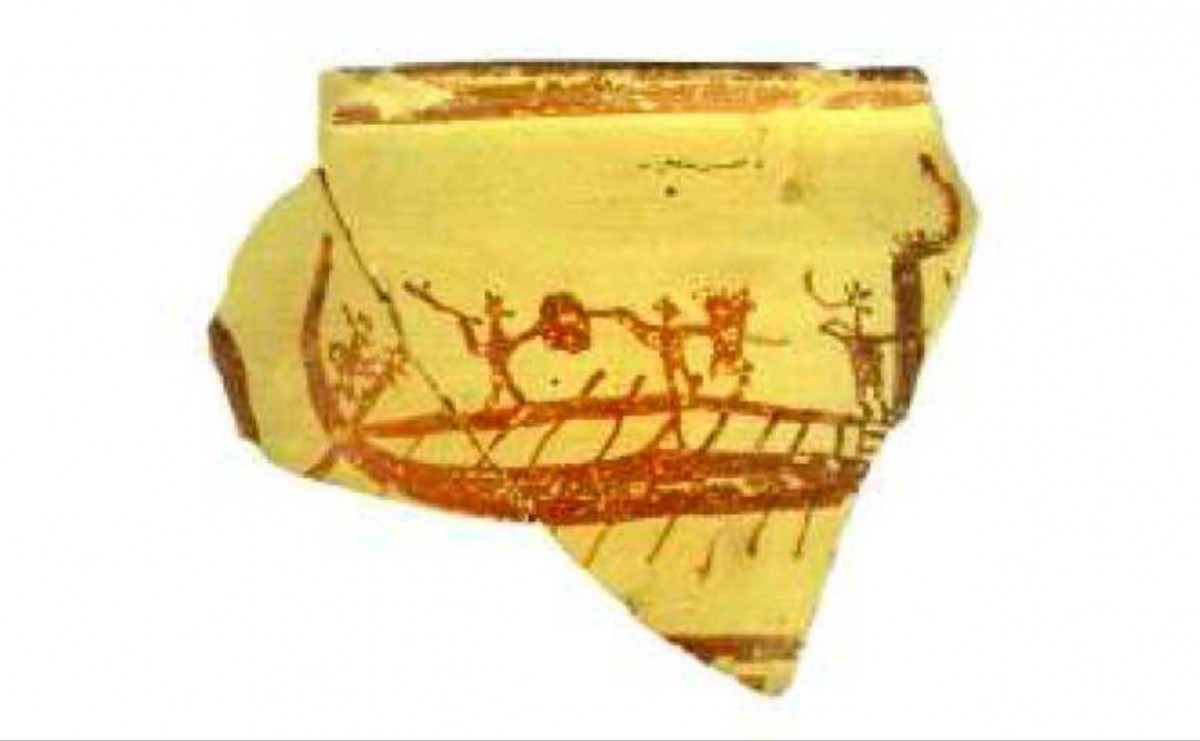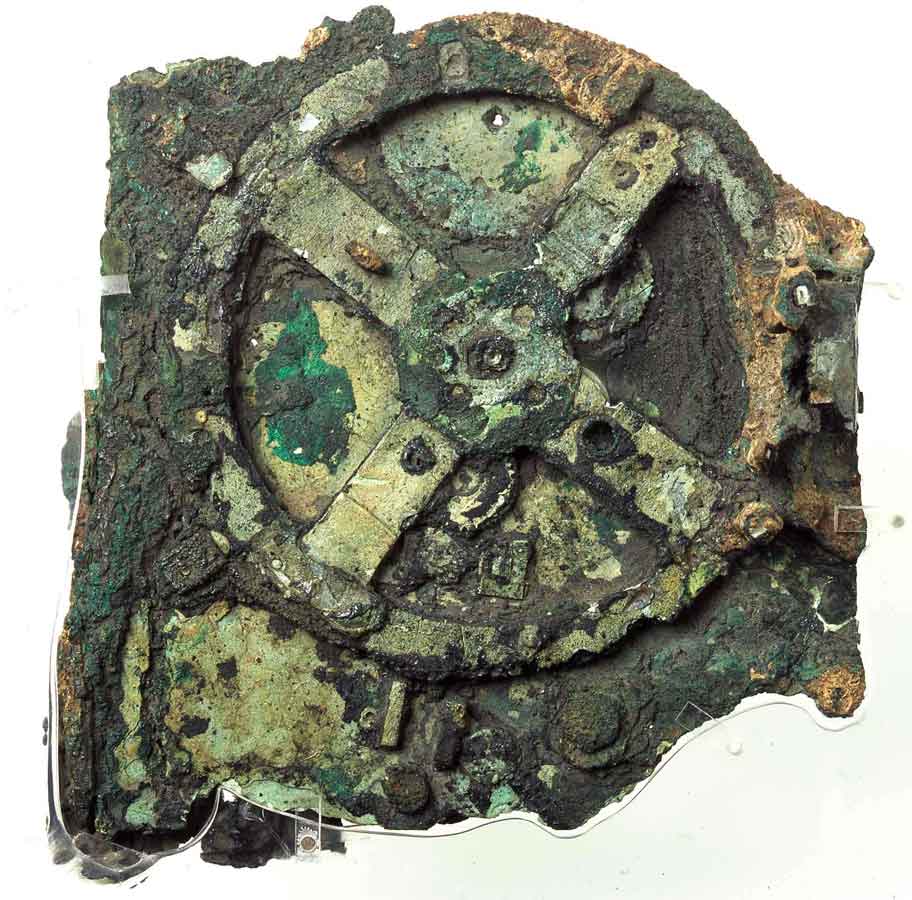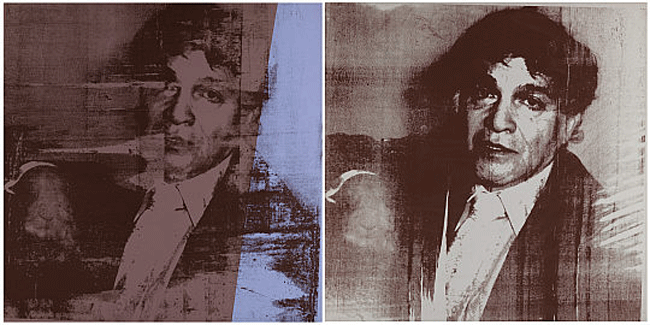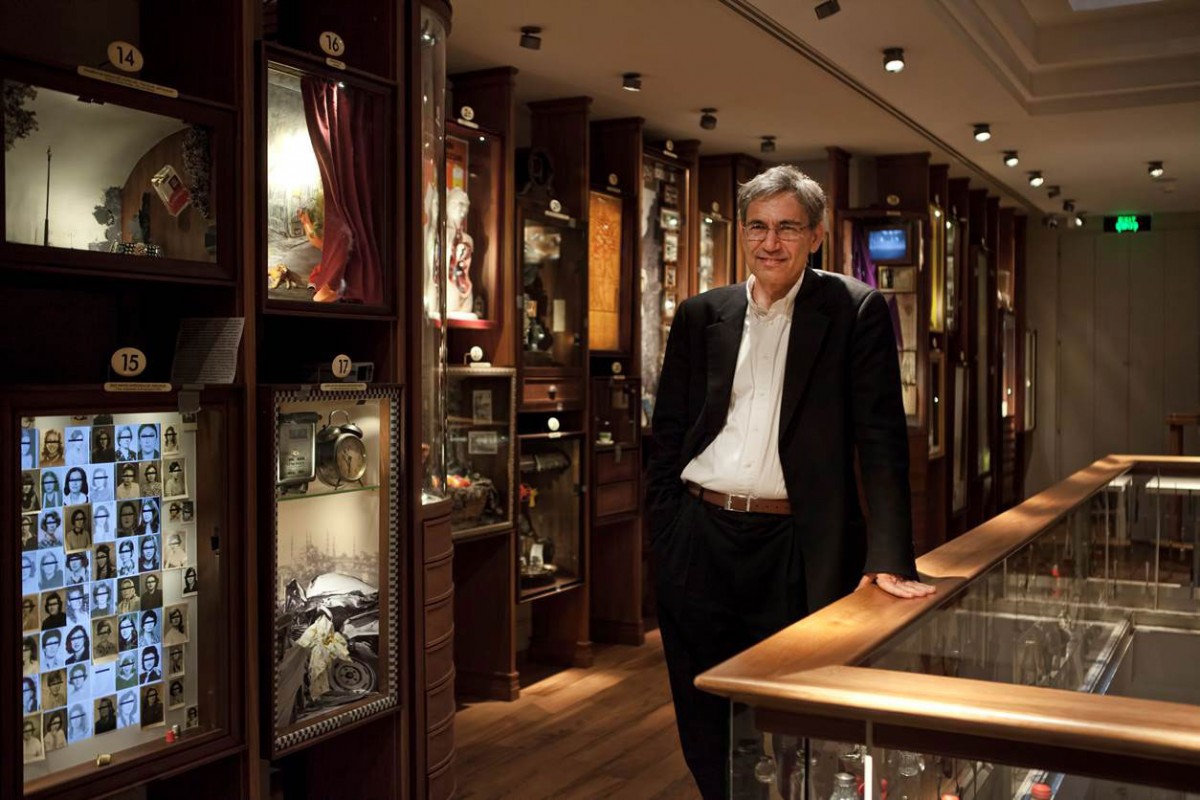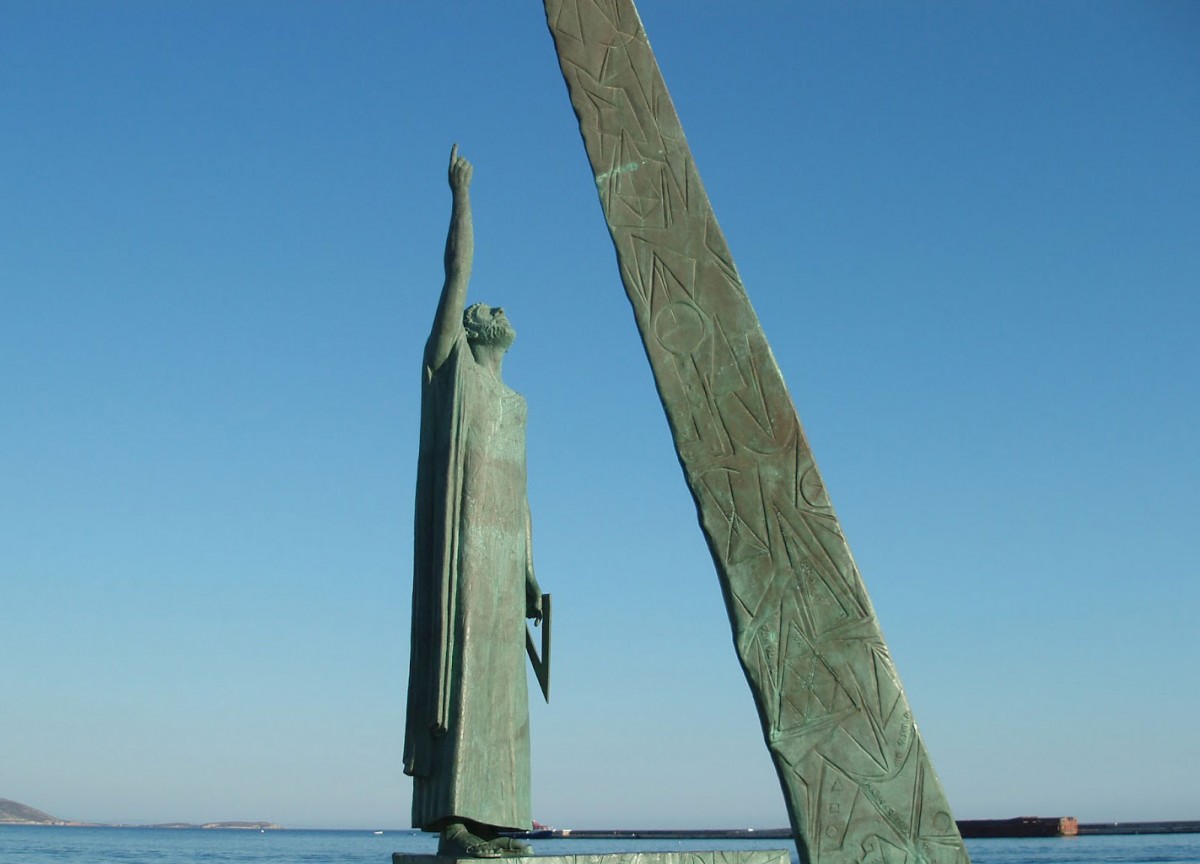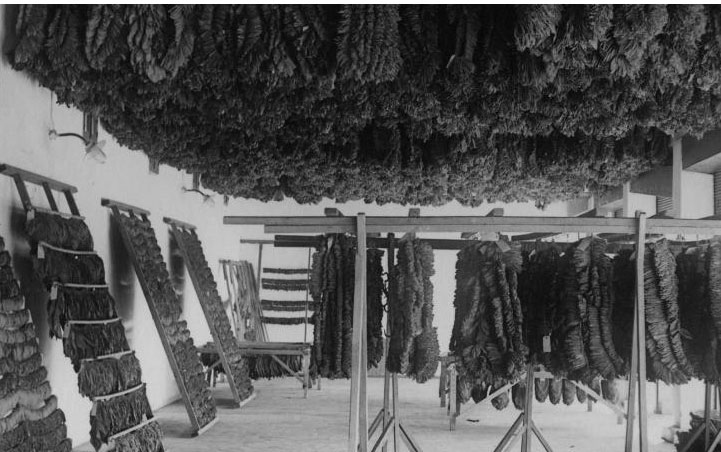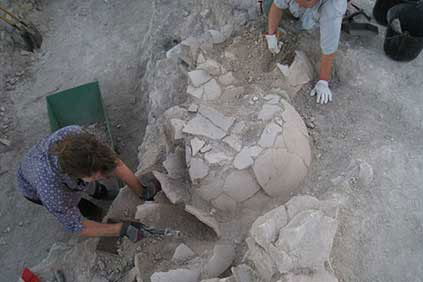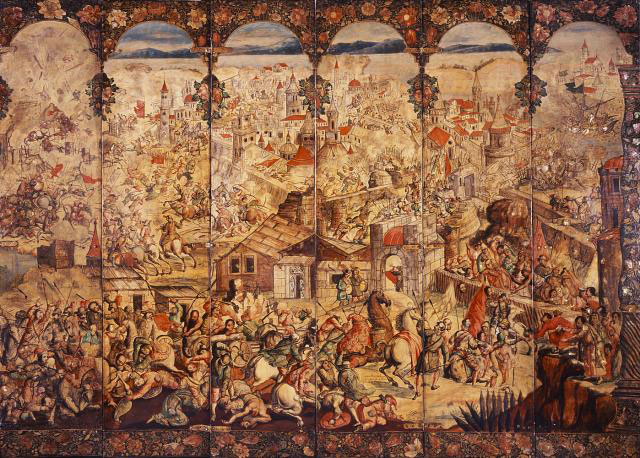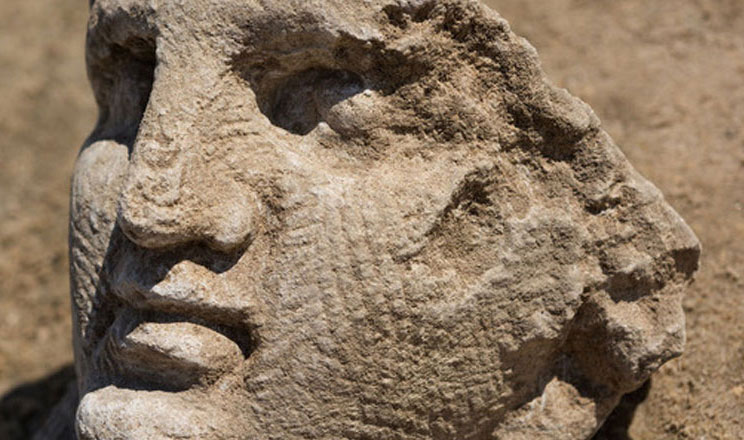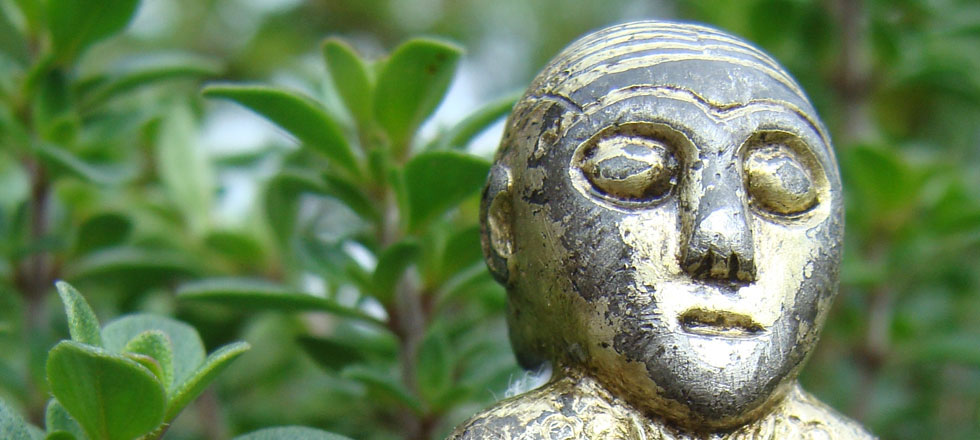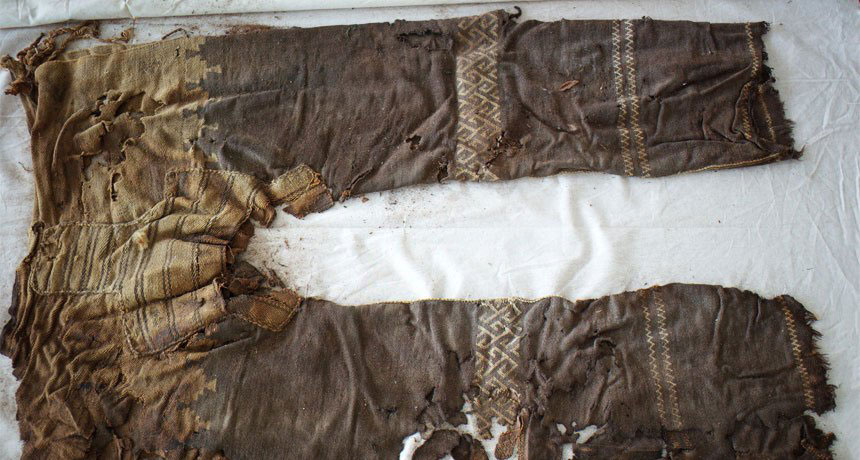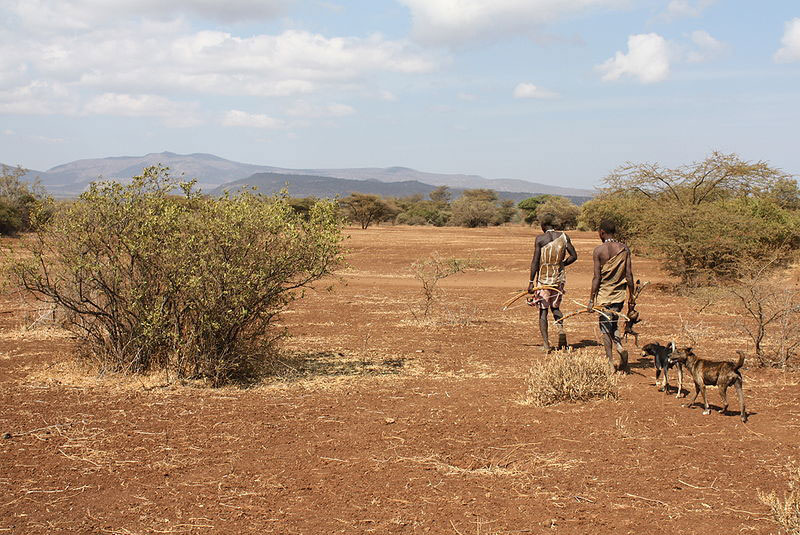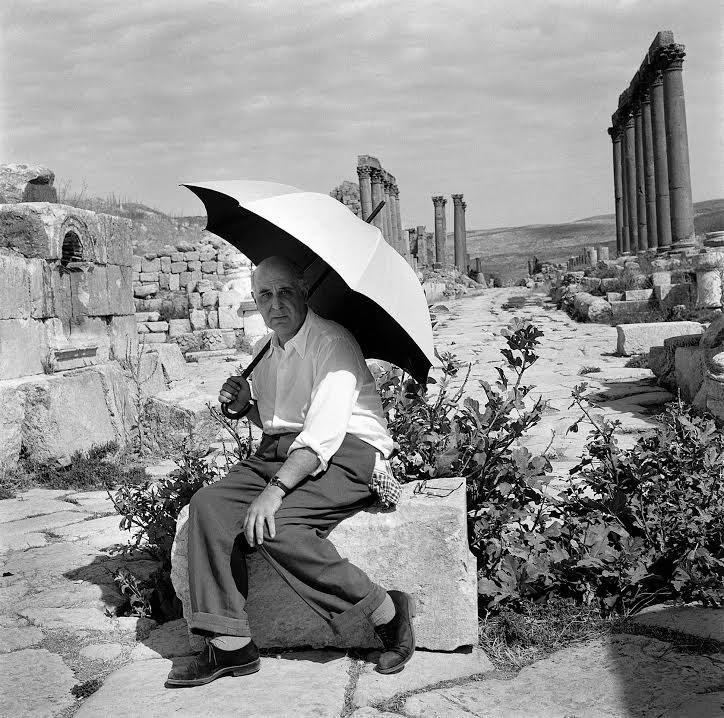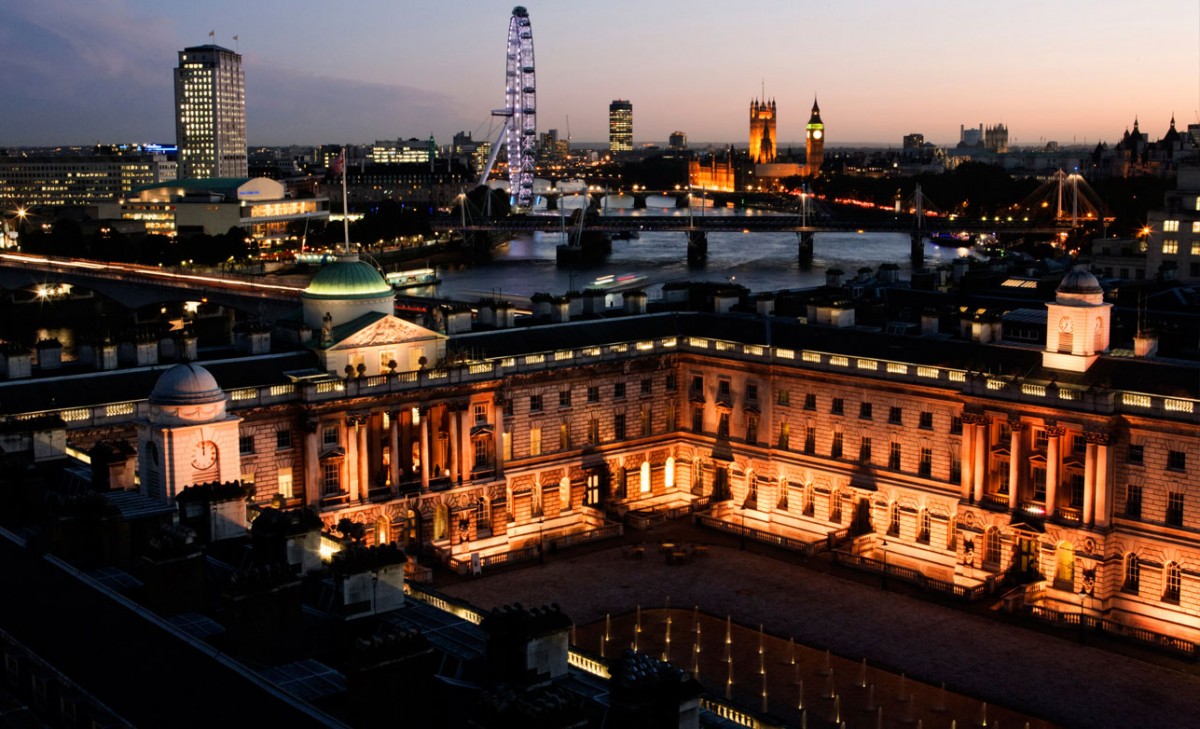The Geoarchaeology of Mediterranean Islands
An International Colloquium on paleoenvironmental changes and human occupation in the Mediterranean islands since the Last Glacial Maximum (Cargèse, 30/06-02/07/2015).
The rare seal of St. Sabas
An 800-year-old lead seal stamped by the Monastery of St. Sabas was found during archaeological excavations carried out by the Israel Antiquities Authority (IAA) in the Bayit VeGan Quarter in Jerusalem.
The Red Church of Cappadocia
Restoration works of the 1,500-year-old Red Church (Kızıl Kilise) in the central Anatolian region of Cappadocia have begun.
The face of violence?
A new study suggests that many of the facial features that characterize early hominins evolved to protect the face from injury during fighting with fists.
Underwater Iron Man to explore Antikythera wreck
The world's most advanced robotic diving suit is getting ready to help search for one of the world's oldest computers at the Antikythera shipwreck.
Karlsruhe returned Cycladic material to Greece
The Badisches Landesmuseum in Karlsruhe returned two Cycladic objects, a figurine and a bowl, to Greece.
4,000-year-old elite tomb discovered in Luxor
A 4,000-year-old elite tomb was unearthed in Luxor by the Spanish mission conducting excavations in the Dra Abu El-Naga necropolis.
A Post-Palatial Triptych from Kynos
The 8th meeting of the Mycenaean Seminar will be dedicated to Ancient Kynos, its architectural organization, town planning and pottery.
The Antikythera Mechanism will not travel to Basel
The Antikythera Mechanism will not travel to Basel, Switzerland, according to a decision made by the Central Archaeological Council of Greece.
Nelly’s, Dance and Antiquity
The exhibition Nelly’s, Dance and Antiquity opened yesterday at Its Kale, Ioannina, Greece.
Alexander Iolas rediscovered 27 years after death
In the Nation’s collective memory Eden, where ideas are ranked according to their contribution to national myths, Iolas was no less than “the forbidden fruit”.
The Museum of Innocence was granted the EMYA 2014
The Museum of Innocence, Istanbul, Turkey was granted the 2014 European Museum of the Year Award.
Did Thales discover the Pythagorean theorem?
Upcoming lecture by Prof. Robert Hahn at the German Archaeological Institute (DAI) in Athens.
Tobacco
The exhibition "Καπνός | Tobacco. 101 notes on oriental tobacco" will be shown from June 11 until August 31, 2014 at the Benaki Museum of Athens.
Archaeological research at Mouttes of Alampra
The second season of archaeological research at the locality Mouttes of Alampra, conducted under the direction of Dr Andrew Sneddon of Queensland University, has been completed.
A transcultural work of art
Art historian Dr Meredith Hale reveals that a 17th-century screen designed to impress visitors with the immutability of Spanish rule, is a striking example of a transcultural work of art.
Mondrian and his Studios
"Mondrian and his Studios" will be shown at Tate Liverpool from 6 June - 5 October 2014, commemorating the 70th anniversary of the Dutch painter’s death.
Unique Roman sanctuary found in northern France
The monumental facade and the ornate frieze are currently being studied by French archaeologists.
Revninge woman, a rare find
A rare female figurine amulet was discovered in Revninge. Her Viking Age dress shows remarkable details.
Earliest pair of trousers found in China
The earliest pair of trousers was found in western China. With straight-fitting legs and a wide crotch, the ancient wool trousers resemble modern riding pants.
The remarkable tale of Andreas Everardus van Braam Houckgeest
Α remarkable tale of the first American citizen to enter China's Forbidden City and meet the emperor has been revealed through the study of artifacts and a 200-year-old journal.
Man’s best friend
a new interpretation of how European archaeological sites containing large numbers of dead mammoths and dwellings built with mammoth bones sites were formed.
Through the eyes of George Seferis
The exhibition of photographs by George Seferis provides irrefutable testimony of the diligence with which he undertook all his activities.
CultureCase: Bridging the gap between academic research and its users
The Cultural Institute at King’s College London is happy to launch CultureCase: a new, free-to-use web resource that aims to put academic research to work in the cultural sector.
